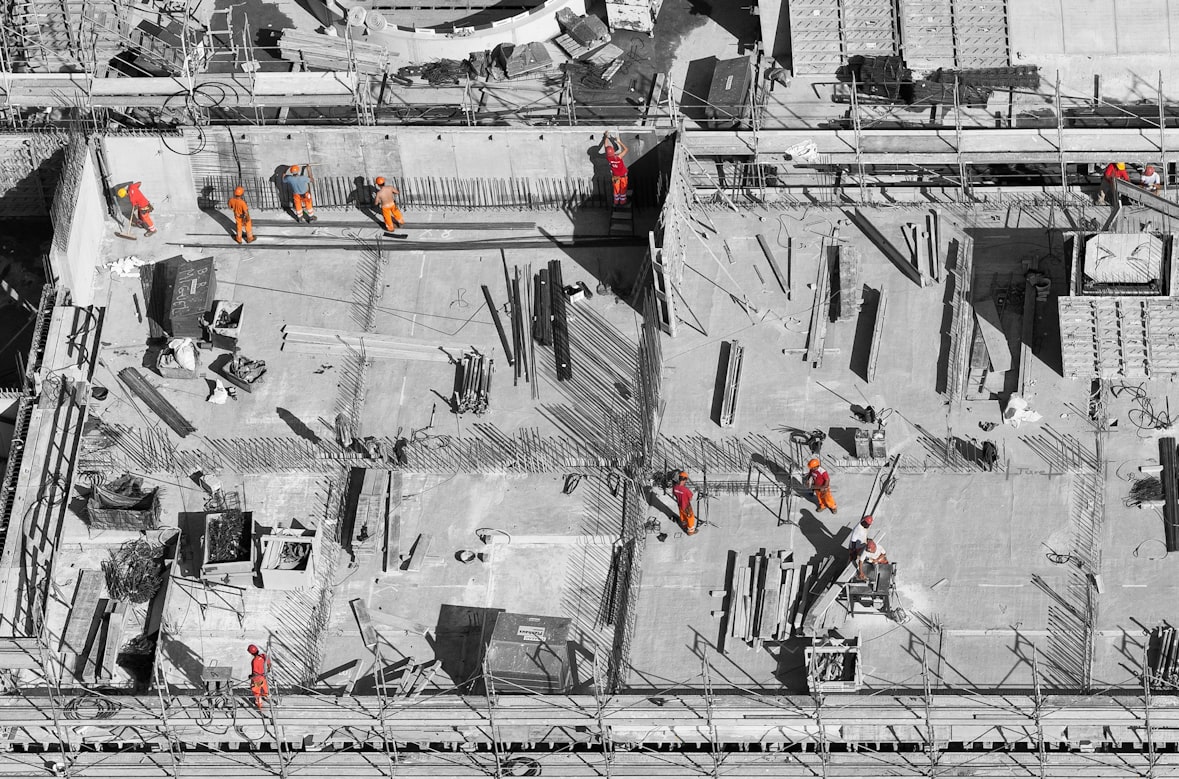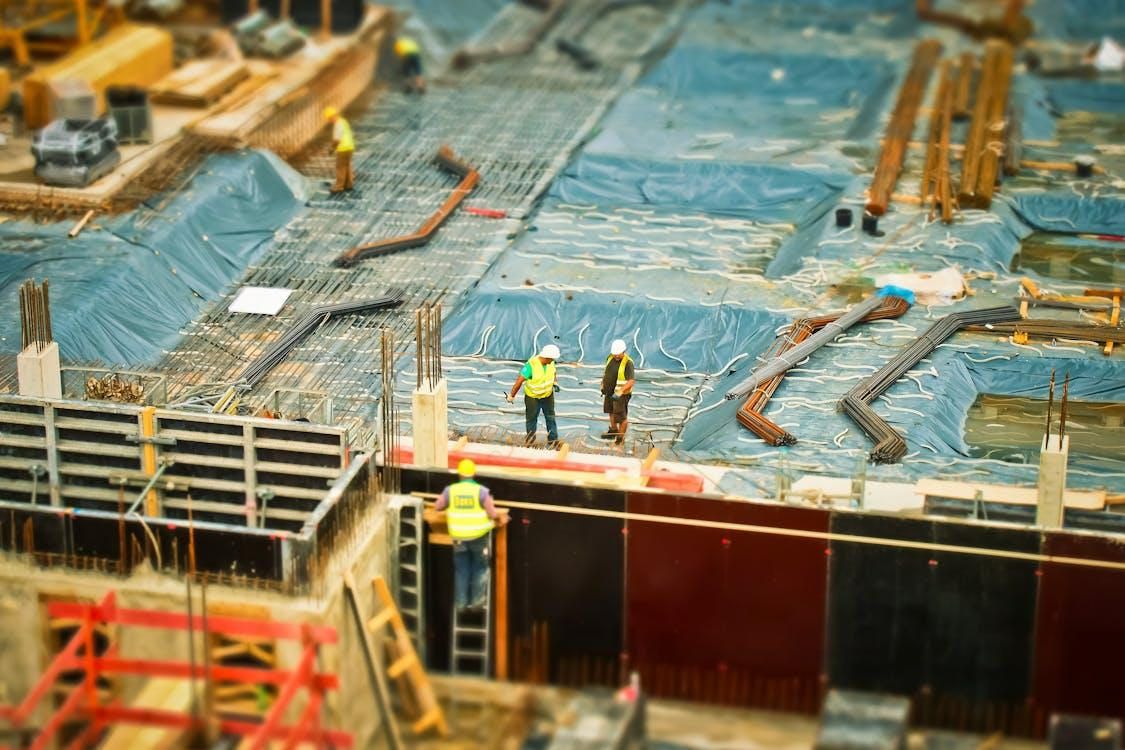Starting a new construction project is like turning ideas into real buildings. It’s a journey with important steps from beginning to end. This post will explain the main stages of new construction in easy terms and discuss the role of private money lenders in providing new construction loans.
Whether you’re building a house or something bigger, knowing these steps helps make sure everything goes smoothly. Let’s explore how new construction goes from plans to finished projects.
Conceptualization and Planning
The initial phase of any new construction project is the conceptualization and planning stage. This is where ideas take shape, visions are honed, and blueprints start to materialize. Collaboration between architects, engineers, designers, and clients is crucial during this stage to ensure that everyone’s expectations align with the project goals.
Factors such as budget constraints, timelines, zoning regulations, and sustainability goals all play a significant role in shaping the plan for the construction project. Thorough research and feasibility studies are conducted to assess the viability of the project and identify potential challenges that may arise along the way.
Attention to detail is key during this phase, as every decision made at this early stage can have far-reaching implications for the success of the construction project.
Securing Financing
Before starting a new construction project, securing financing is a crucial step in turning your plans into reality. While traditional banks may be the first option that comes to mind, utilizing private lenders for new construction financing can offer unique benefits.
Private money lenders often provide more flexibility in terms of loan approval criteria and timelines than traditional financial institutions. This can be especially advantageous for individuals or developers looking to start their projects quickly without being held up by lengthy approval processes.
Moreover, local private lenders are typically more familiar with the real estate market in specific areas, offering tailored solutions that cater to the needs of new construction projects. Their expertise and personalized approach can make navigating the financing process smoother and more efficient.
Plus, hard money lenders specializing in new construction loans may have a deeper understanding of the risks associated with such ventures, allowing them to structure loan agreements that align with the unique requirements of building from the ground up.
Preparing the Site
Site preparation is a crucial first step before construction begins, involving clearing, leveling, and possibly excavating the land. Drainage systems are set up, boundaries are marked, and utility lines are identified and relocated if necessary. Obtaining permits and approvals from local authorities is essential for compliance. Proper site preparation sets the foundation for a successful new construction project.
Top of Form
Foundation and Structural Work
Once the site is prepped and ready, it’s time to lay down the foundation for your new construction project. The foundation is crucial as it provides stability and support for the entire structure.
Foundation work typically involves excavation, pouring concrete, and setting up footings to ensure a solid base. This step requires precision and expertise to avoid any future issues with the building’s structural integrity.
After the foundation is in place, structural work begins to create the framework of your new construction. This phase includes erecting walls, installing beams, and ensuring that everything aligns according to the architectural plans.
Structural work plays a significant role in shaping how your building will look and function once completed. It sets the stage for all subsequent construction activities to bring your vision into reality.
Building Exterior and Interior
As construction moves forward, we focus on both the outside and inside of the building. Outside, we build the frame, put on the roof, install windows, add siding, and finish with painting and landscaping. Each step makes sure the building looks good and stays strong against weather.
Inside, things get exciting as rooms start forming. We put up drywall, choose flooring, set up plumbing, and connect electrical wiring for lights and appliances. It’s where the building becomes both useful and beautiful. Imagine watching the blueprint turn into a real place.
Coordinating between different workers is important to make sure everything fits together as it should. Paying attention to small details is crucial to make sure the building lasts a long time. Every choice, from paint color to fixtures, affects how the space feels and looks in the end.
Final Inspections and Quality Assurance
After months of meticulous construction work, the final inspections and quality assurance phase is crucial to ensure that every detail meets the highest standards. Inspectors will meticulously go through every aspect of the new construction project, from structural integrity to finishing touches.
Quality assurance teams will conduct thorough checks to guarantee that all components of the building are up to code and in optimal condition. This stage is where any last-minute adjustments or corrections can be made before handing over the property to its future occupants.
From checking plumbing and electrical systems to examining paint finishes and flooring installations, no stone is left unturned during these inspections. Attention to detail is key in ensuring that the new construction not only looks impressive but also functions seamlessly for its intended purpose.
Final walkthroughs provide an opportunity for builders, inspectors, and clients to address any remaining concerns or issues before finalizing the project. It’s a collaborative effort towards achieving excellence in craftsmanship and delivering a top-notch product ready for occupancy.
Handover and Occupancy
As the new construction project nears completion, the exciting phase of handover and occupancy begins. This marks the transition from a construction site to a livable space, where all the hard work and planning come together seamlessly.
During this stage, final inspections are conducted to ensure that every aspect of the building meets quality standards and complies with regulations. From checking electrical systems to plumbing fixtures, no detail is overlooked when preparing for occupancy.
Once all inspections are passed and any necessary adjustments are made, it’s time for the official handover. Keys are handed over to owners or tenants as they step into their brand-new space filled with possibilities and dreams.
The process doesn’t end here; ongoing support is provided post-handover to address any issues that may arise as occupants settle in. It’s a collaborative effort between builders, designers, and occupants to create a smooth transition into their new home or workspace.
Hire Private Money Lenders
When it comes to financing your new construction project, finding the right lender can make all the difference. Insula Capital Group offers private money lending solutions tailored to meet your specific needs.
With our expertise in new construction loans, we provide flexible terms and quick approvals, allowing you to get started on your project without delays.
Choosing a local private lender like Insula Capital Group means personalized service and a deep understanding of the market conditions in your area.
Contact us today, and let’s get started on your next big real estate project.







